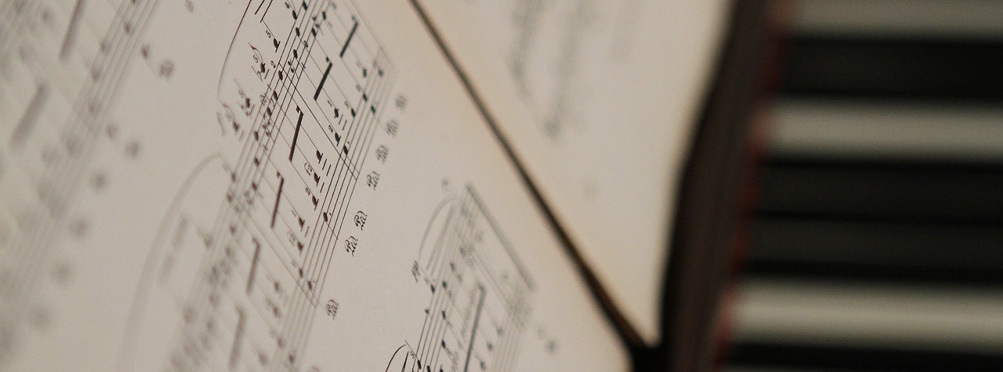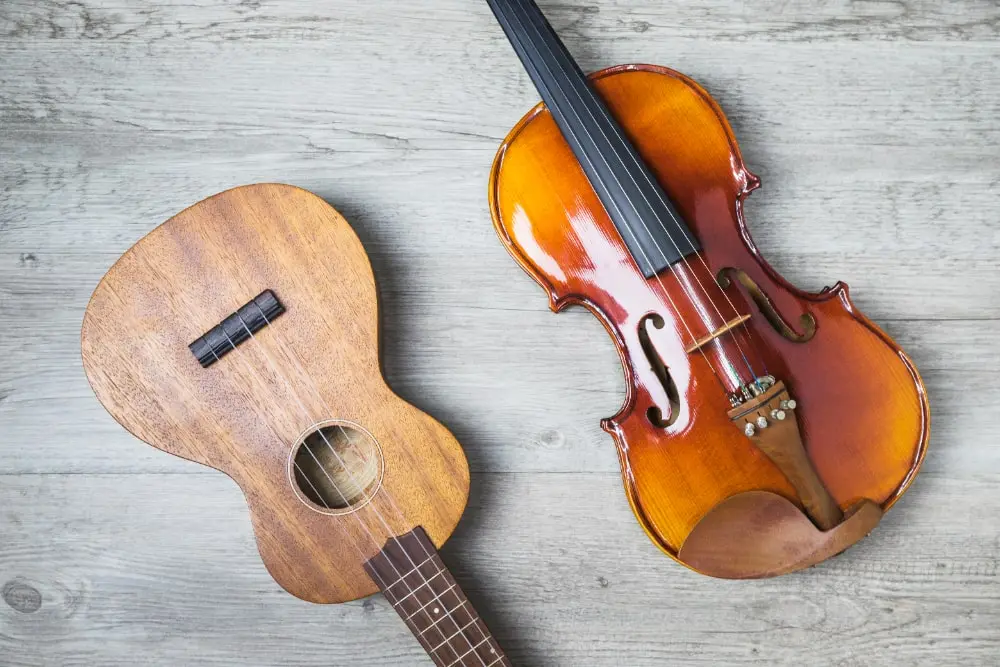All Topics
- Alchemizing Music Concepts for Students
- Artist Spotlight
- Artium Maestros
- Artium News
- Carnatic Music
- Devotional Music
- Editorials by Ananth Vaidyanathan
- Film Music
- Guitar
- Indian Classical Music
- Insights
- Instruments
- Karaoke Singing
- Kids Music
- maestros
- Music Education
- Music for Kids
- Music Industry
- Music Instruments
- Music Theory
- Music Therapy
- Piano
- Time Theory
- Tools
- Uncategorized
- Vocal Singing
- Vocals
Exploring Different Piano Music Styles: Classical, Jazz, Pop, and Beyond!
Exploring Different Piano Music Styles: Classical, Jazz, Pop, and Beyond!

Table of Contents
Introduction
Think of musical instruments, and the piano will certainly cross your mind!
And why not! After all, some of the greatest music ever has been played on the piano. From Beethoven’s Moonlight Sonata to the legend’s Fur Elise and Billy Joel & Elton John’s Piano Man, each of these brilliant pieces has beautiful piano solos, chords, and whatnot!
With all the musical diversity the piano has blessed our ears with, the division of styles and genres had to happen. In this blog, we celebrate this diversity, exploring different piano music styles such as classical, jazz, and pop.
If you love the piano and want to learn more, this blog is for you!
Piano Music Styles: Expression and Definition
Let’s explore different piano styles, discussing how they are played and how they differ.
Classical piano
While talking about piano music, classical music stands tall as a timeless and revered genre. Characterised by its rich heritage and complex compositions, classical piano showcases the genius of legendary composers such as Bach, Mozart, Beethoven, and Chopin.
The genre’s hallmark is its emphasis on formal structure, harmonic progression, and technical virtuosity. These characteristics make classical music captivating to listeners with its emotional depth and intellectual sophistication, keeping them tuned for longer.
All classical piano music is played in compliance with the fundamental concepts of harmony, melody, and rhythm. If you wish to learn piano online, and classical is your preferred genre, make sure to focus on the following areas:
- Mastering sight reading
- Embracing tempo by heart
- Polishing your technique and finger movement
- Regularly practising scales
- Interpretation
Jazz piano
In jazz piano music, the roots are usually omitted from piano voicings. Instead, the double bass player is expected to play the root notes.
This particular mix and match of notes make jazz sound unique but harmonic.
Apart from this, jazz pianists extensively use chord “extensions,” such as adding the ninth, eleventh, or thirteenth scale degree to the chord.
Some of the popular jazz piano pieces that beginner pianists can practise are:
- C Jam Blues.
- All of Me.
- Autumn Leaves.
- Satin Doll.
- Moanin.
- Watermelon Man.
- Blue Bossa.
- Song for my Father.
However, to perfect jazz piano, one thing is most crucial—a taste for jazz!
So, if you enjoy listening to jazz and wish to polish your skills, practise your chord-scales relationship regularly, listen to your favourite artists, and improvise in every practice session.
Pop piano
Many chartbuster pop songs have either been played on piano or have remarkable piano sections that the world has loved for decades.
Famous tracks such as The Piano Man, A Thousand Miles, Dancing Queen, and many more have been played on the piano, and if you are an aspiring pop musician, the piano could be your perfect go-to instrument.
For starters, here are some of the popular pop songs you can play on the piano:
- Titanium
- If I Ain’t Got You
- One Call Away
- Despacito
- Thinking Out Loud
- Firework
Additionally, here are a few tips for becoming a better pop pianist:
- Practise regularly
- Learn piano online or consult a professional piano tutor (Check out our piano lesson programs)
- Prioritise music theory
- Practise more songs
- Practise more duets
Other styles
And there’s more to piano music. As music is more subjective than objective, it can often be hard to categorise all musical pieces under a small bunch of genres. Here are some of the lesser-known piano music genres piano enthusiasts may wish to know about:
- Ragtime: This is a syncopated genre featuring lively, intricate piano melodies with a distinct “ragged” rhythm.
- Blues piano: This is one of the expressive genres of piano music that originated among African American communities. Blues piano music is generally characterised by its soulful melodies and “blue notes,” usually added to the conventional pentatonic scale.
- New Age Piano: If you want to listen to and play peaceful and meditative piano music, this genre is perfect for you. This specific genre focuses on creating a serene atmosphere by emphasising gentle melodies and ambient textures.
- Lo-fi Piano: In recent years, lo-fi has emerged as a popular genre of music, with subtle melancholy. Lo-fi pianists usually add various tastes of diminished chords to their pieces, forming the desired sounds.
To perfect your piano skills, taking professional piano lessons is highly recommended. While self-tutoring may seem like a good idea to start with, progressing alone can be challenging at many levels.
To learn more about our professional piano lessons and programs, write to us, or call us today! We’d be happy to guide you.
Wrapping up
Talk about professional music, and you can not miss out on the brilliance of pianos. Whether you take your inspiration from Elton John or from Adnan Sami, a thorough understanding of piano music is crucial for getting better at the instrument. In this blog, we explored different piano music styles, discussing musical elements that make them interesting.
Hopefully, you enjoyed reading this blog and found it helpful.
FAQs
Here are some of the most frequently asked questions regarding piano music and styles.
1. What is the hardest genre of music to learn on the piano?
All instruments and genres require dedication and consistency to master. The difficulty of a particular genre is subject to a person’s interest in learning that genre.
While classical piano music requires players to memorise long musical pieces note-by-note, jazz may expect them to improvise more often! On the other hand, many pop pianists focus on playing the same chord across a hundred variations, depending on the pitch, octave, and taste they want in the final sound.
Although the basics of playing the piano remain the same, as a pianist moves ahead in practise, they may prefer choosing between classical, jazz, pop, or any other genre of piano music.
2. What are some fun jazz songs to play on the piano?
Here are some of the popular and fun to play jazz songs for piano:
- Autumn Leaves: A classic jazz standard with a beautiful melody and interesting chord progressions.
- All of Me: A playful and energetic piece that offers plenty of space for improvisation.
- Blue Bossa: A Latin jazz favourite with a catchy groove and room for creative exploration.
- Summertime: A soulful and bluesy song from Gershwin’s Porgy and Bess. One perfect tune for expressing emotion.
- Fly Me to the Moon: A timeless Sinatra hit, ideal for piano jazz interpretations.
- Take the ‘A’ Train: A lively Duke Ellington composition that showcases swing rhythms.
- Cantaloupe Island: A funky Herbie Hancock tune with a catchy motif that allows players to improvise.
3. Why do people still believe that pop music is not a genre?
A general perception among aspiring musicians is that pop is not a music genre because it’s ever-evolving and has a wide range of influences.
As pop music encompasses various styles and borrows elements from a number of other genres, pop can usually be hard to define within strict boundaries.
However, despite the fluidity and flexibility, pop music remains distinct due to its emphasis on catchy melodies, prominent bass lines, and 808 drum beats. As a result, even though it lacks a specific definition, it can be referred to as a genre.
In the context of piano, pop music provides an excellent platform for pianists, allowing them to showcase their creativity through solos, chord progressions, and other elements.
4. How to start improvising Jazz piano music?
Improvisation on any musical instrument requires specific knowledge of the basic music theory, along with clean control over the technicalities of that instrument. The same holds for the piano.
To start improvising Jazz piano music, focus on:
- Mastering classical techniques: Build a solid foundation in piano technique, scales, and arpeggios to improvise better.
- Listen to other improvisers: The more Jazz music improvisations you listen to, the broader will be your range of playing. Listening to Jazz musicians who improvise will help you explore more note combinations and scales, helping you better understand what more can be played on the piano.
- Analyse compositions: Study the structure and harmonic progressions of popular jazz pieces. This will help you understand how to create more music in that specific style.
- Experiment with familiar themes: Start by improvising variations on well-known jazz standard to build confidence and creativity.
- Observe your mistakes: When playing music, don’t be afraid of making mistakes. Mistakes will help you improve and improvise better.
- Practise regularly: The key to improvising better is to practise regularly. Regular practise will help you expand your musical knowledge and improvisation skills.
5. Are there long-term trends in the evolution of musical styles?
Different trends shape music across different timelines. No wonder artists across all genres often pay attention to the then ongoing and forthcoming trends in the cultural, technological, and social verticals.
Hence, the answer is yes!
Throughout history, various musical genres have come up and influenced each other, leading to new styles and fusions. For example, classical music evolved from the Baroque to the Romantic era, while jazz evolved from its roots in blues and rock and developed from various other influences.
These long-term trends reflect how music is a dynamic form of art that adapts to each generation’s changing tastes, values, and innovations.
Learning piano can be a soothing experience and if you want to learn piano, you can opt for a free 1:1 session today at Artium Academy.







